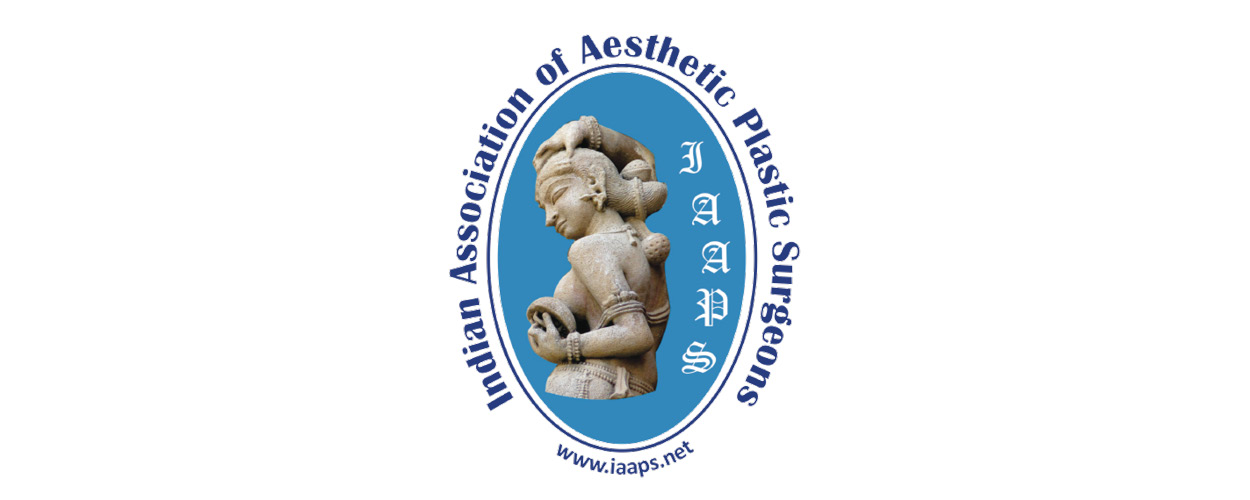Objectives: Facial rejuvenation is a rapidly growing field as patientsseek to obtain “the fountain of youth.” A thorough approach to facial rejuvenation necessitates a multi-modal approach that addresses all of the changes that occur with aging including damage to the skin, volume loss of all the tissues of the face including fat and bone, and tissue laxity. With careful evaluation of allof these facets, it is clear that a surgical facelift alone wouldnot address the volume loss and skin damage.
Introduction: With this expansion has come new technology within regenerative medicine, providing natural, effective, and safe skin rejuvenation.
Using a combination approach, new innovations in injectable fillers and threads, along with state-of-the-art autologous stem cells, lipofilling, and platelet therapies, can help patients reach their aesthetic goals.
In particular, the application of screw spring-type PDO Thread as a “facial scaffold”.
Materials / method: When the screw spring-type PDO is made into a spring shape and inserted, it has a spring-like elasticity, so that it can obtain a stronger lifting effect and a force against wrinkles. Particularly in the form of a "0" pitch with almost no spring spacing, it makes to support depressed sagging tissue. This volume-up effect is suitable for midface lifting.
Platelet concentrates have been used for tissue regeneration. PRP injection for treatment of aging skin has also gained popularity.
Results: So the simultaneous application of L-PRP using an Smart M-cell separator are excellent tools for improving facial aging in terms of regenerative medicine.
Smart M-cell separator is isolates and concentrates excellent amounts of living tissue regenerating cells from whole blood and bone marrow.
Conclusion: I would like to present a more effective facial rejuvenation technique by applying the concept of regenerative medicine, using "0" pitch cavern spring PDO thread as a scaffold, and simultaneously applying L-PRP using an Smart M-cell separator as both cell and cell stimulation.
Divulgação de informações
Você recebeu algum patrocínio para sua pesquisa neste tema?
Não
Você recebeu algum tipo de honorário, pagamento ou outra forma de compensação por seu trabalho neste estudo?
Não
Você possui relação financeira com alguma entidade que possa competir com os medicamentos, materiais ou instrumentos abordados no seu estudo?
Não
Você detém ou pediu a registro de patente para algum dos instrumentos, medicamentos ou materiais abordados no seu estudo?
Não
Este trabalho não recebeu nenhum patrocínio direto ou indireto. O mesmo está sob a própria responsabilidade do seu autor.
















